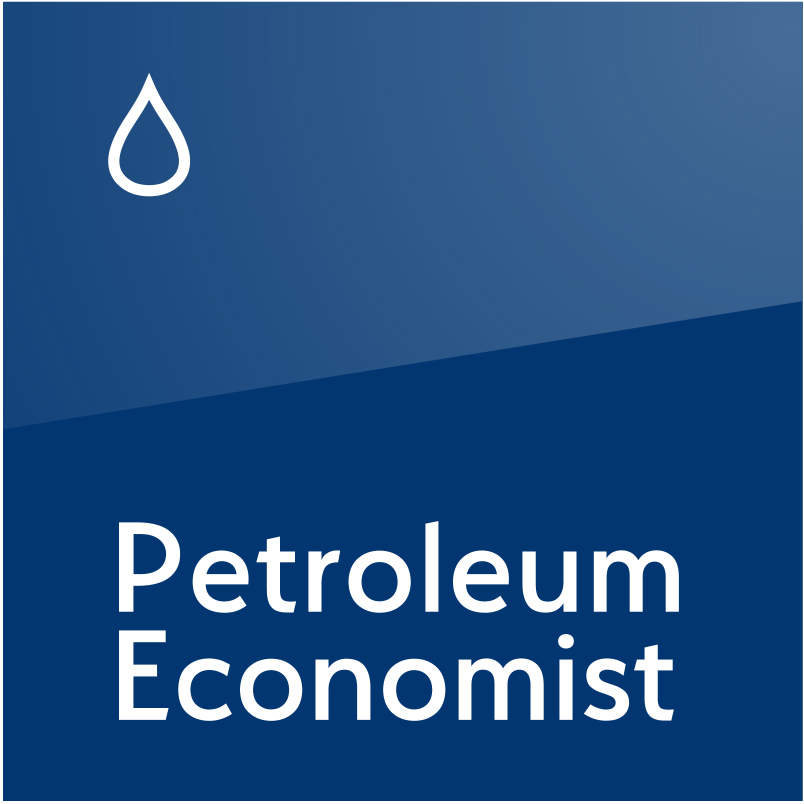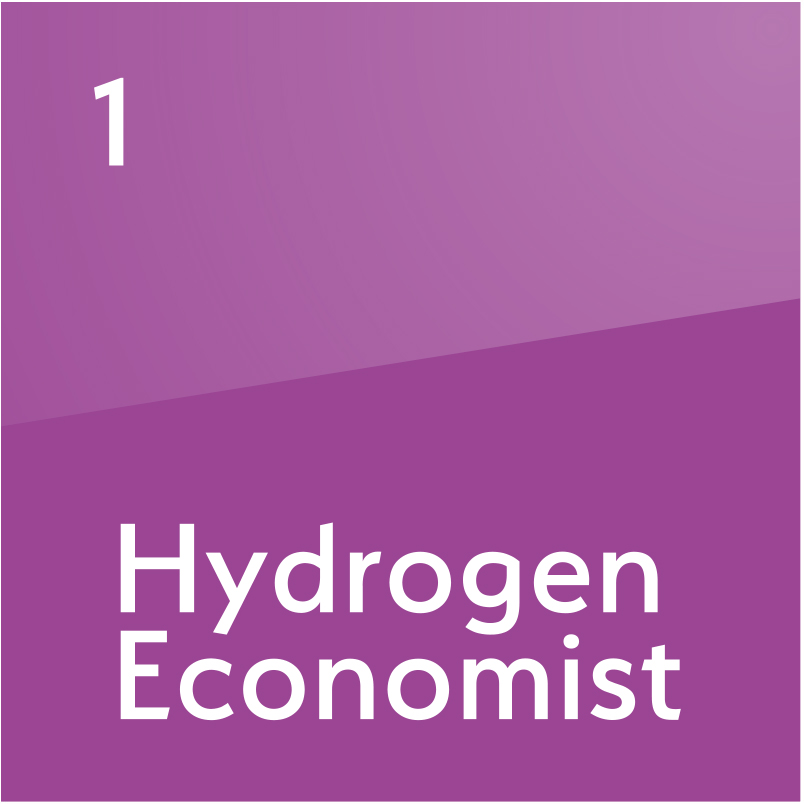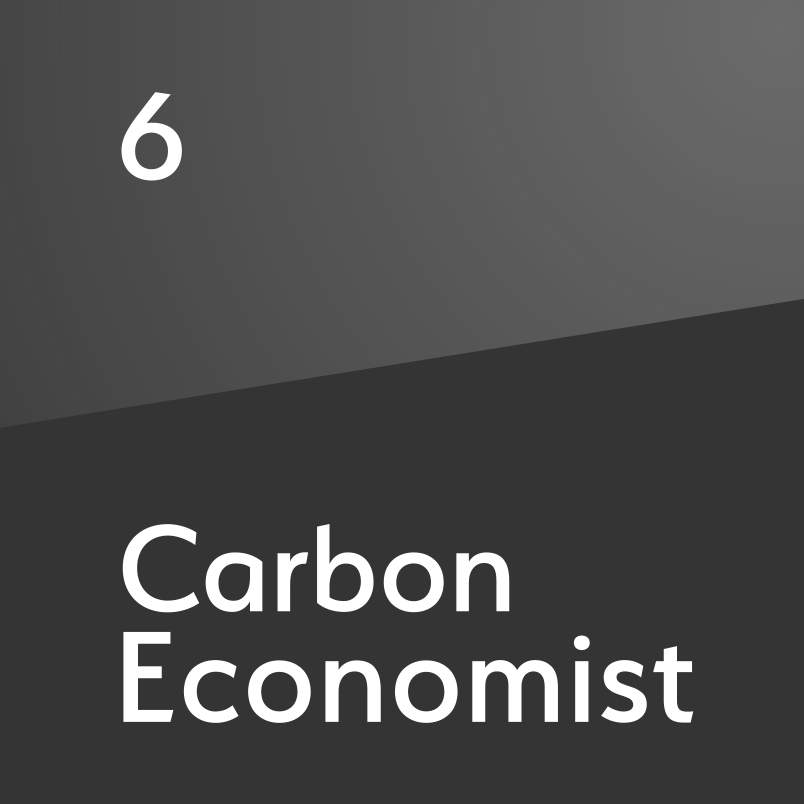Known unknowns
Opec's efforts to cut supply will be the main theme of 2017 and prices will rise. But the outlook is still fraught with risk and uncertainty
Oil prices will rise in 2017. But, failing a supply-side shock or deeper-than-expected cuts from Opec, $60 a barrel will be the upper limit. Before that level is reached, bears still pose a threat too. And that price will be the rough ceiling, not a basecamp for bigger climbs. The tone for the year will be set before it begins - on 30 November, when Opec's ministers gather around the horseshoe table at the group's headquarters on Vienna's Helferstorferstrasse. Any cuts they agree will only be felt in physical markets from January. The end-November meeting is probably too soon for Opec to thrash out a meaningful deal. The one on the table, established in Algiers at the end of September, would

Also in this section
5 December 2025
Mistaken assumptions around an oil bull run that never happened are a warning over the talk of a supply glut
4 December 2025
Time is running out for Lukoil and Rosneft to divest international assets that will be mostly rendered useless to them when the US sanctions deadline arrives in mid-December
3 December 2025
Aramco’s pursuit of $30b in US gas partnerships marks a strategic pivot. The US gains capital and certainty; Saudi Arabia gains access, flexibility and a new export future
2 December 2025
The interplay between OPEC+, China and the US will define oil markets throughout 2026






